
Author: David Greenwood
💎 On how the serial-position effect (we remember beginnings and ends best) can improve your presentations
Accept that many things in the middle of your presentation may be lost. If the middle is more than 20 minutes long, break it up with activities and exercises. By doing this you are essentially creating several small presentations within your presentation. That means each of these small presentations also has a beginning, middle, and end. Since people tend to remember beginnings and endings,
Try breaking up a presentation into several small “presentations” means that people will have a lot more beginnings and endings than middies—they will remember more information.
Excerpt from: 100 Things Every Designer Needs to Know About People (Voices That Matter) by Susan Weinschenk
💎 On how we can be trapped by our own perspective
The first flaw is perspective. We have a hard time seeing any system that we are in. Galileo’ had a great analogy to describe the limits of our default perspective. Imagine you are on a ship that has reached constant velocity (meaning without a change in speed or direction). You are below decks and there are no portholes. You drop a ball from your raised hand to the floor. To you, it looks as if the ball is dropping straight down, thereby confirming gravity is at work.
Now imagine you are a fish (with special x-ray vision) and you are watching this ship go past. You see the scientist inside, dropping a ball. You register the vertical change in the position of the ball. But you are also able to see a horizontal change. As the ball was pulled down by gravity it also shifted its position east by about 20 feet. The ship moved through the water and therefore so did the ball. The scientist on board, with no external point of reference, was not able to perceive this horizontal shift.
This analogy shows us the limits of our perception. We must be open to other perspectives if we truly want to understand the results of our actions. Despite feeling that we’ve got all the information, if we’re on the ship, the fish in the ocean has more he can share.
Excerpt from: The Great Mental Models Volume 1: General Thinking Concepts by Shane Parrish and Rhiannon Beaubien
♦️ The Economist Lightbulb
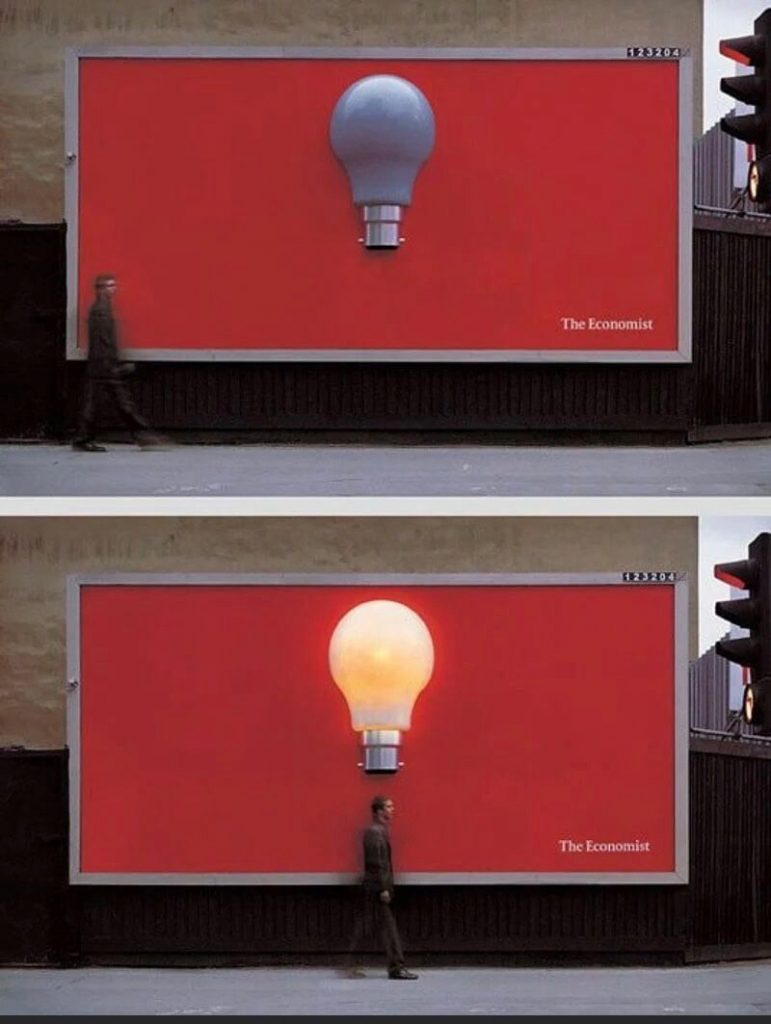
💎 On the seemingly elusive aspect of money
At a party given by a billionaire on Shelter Island, Kurt Vonnegut informs his pal, Joseph Heller, that their host, a hedge fund manager, had made more money in a single day than Heller had earned from his wildly popular novel Catch-22 over its whole history. Heller responds, “Yes, but I have something he will never have … enough.”
Enough. I was stunned by the simple eloquence of that word—stunned for two reasons: first, because I have been given so much in my own life and, second, because Joseph Heller couldn’t have been more accurate.
For a critical element of our society, including many of the wealthiest and most powerful among us, there seems to be no limit today on what enough entails.For a critical element of our society, including many of the wealthiest and most powerful among us, there seems to be no limit today on what enough entails.
Excerpt from: The Psychology of Money: Timeless lessons on wealth, greed, and happiness by Morgan Housel
♦️ Staedtler Get to the point
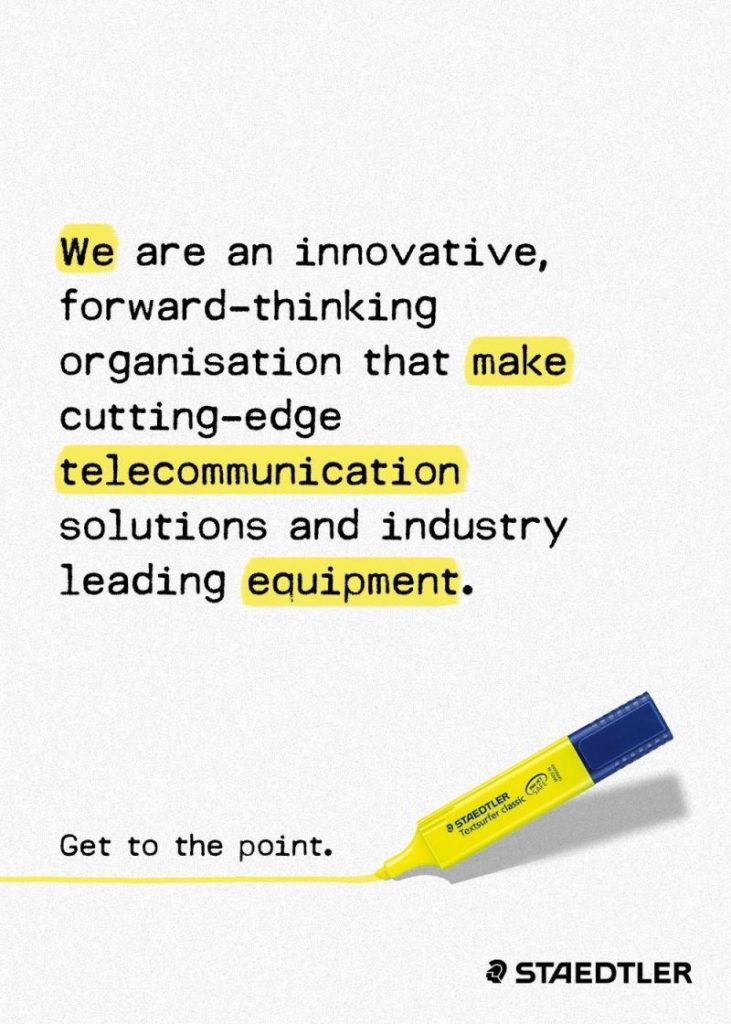
💎 Why conflicts can escalate quickly despite the illusion of proportionately
A team of psychologists at University College London invited subjects into the lab in pairs. The first person was hooked up to a little squeezing machine, which applied a very small force on her finger. She was then instructed to press down on the other person’s finger using exactly the same amount of force. Crucially, the other person had no idea about this part of the instruction.
‘The second person was then instructed to push back on the first person’s finger, using exactly the same amount of force as they felt. The two individuals traded finger pushes, while the scientists measured the precise force they used. In every pair of pushers tested, the use of force escalated quickly, until the two people were pushing down on each other’s finger with about twenty times the original force.
It’s an experiment that offers an ominous glimpse into the dynamics of human escalation. Each participant thought they were behaving proportionately to the other, and while nobody was deliberately raising the stakes, somehow the pressure rose anyway.
Excerpt from: Conflicted: Why Arguments Are Tearing Us Apart and How They Can Bring Us Together by Ian Leslie
💎 The power of using nouns (being a voter) over verbs (voting)
You can stimulate group identity just by the way you have people talk about themselves or the way you phrase a question. For example, Gregory Walton’s research shows that if people say “I am a chocolate eater” versus “I eat chocolate a lot,” it affects the strength of their preference for chocolate. “Eater” is a noun. “Eat” is a verb. People who say “I am a chocolate eater,” who use the noun instead of the verb, show a stronger preference for chocolate.
In a survey about voting, Walton’s experimenters asked, “How important is it to you to be a voter in tomorrow’s election?” versus “How important is it to you to vote in tomorrow’s election?” When the noun (voter) was used instead of the verb (vote), more people actually voted the following day. Feeling that you belong to a specific group affects your behavior.
When you ask people to do stuff, use nouns rather than verbs. Invoke a sense of belonging to a group and people are much more likely to comply with your request.
Excerpt from: 100 Things Every Designer Needs to Know About People (Voices That Matter) by Susan Weinschenk
♦️ Koleston Naturals billboards
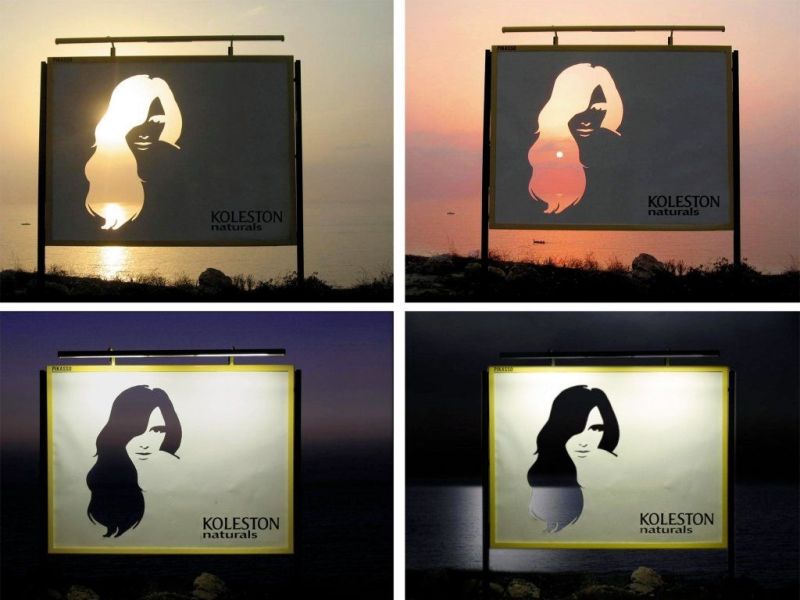
💎 A simple but creative nudge that helped reduce workplace accidents (gold coin decals)
Globally, there are an estimated 340 million workplace accidents each year. These accidents are enormously damaging to both individuals’ lives and their contribution to the economy. While some accidents are a result of poor working conditions, others stem from the behavior of workers. For example, employees in a Chinese textile factory were in the habit of throwing waste scraps of cloth on the floor next to them, creating a slipping hazard. An explanation of why this habit had formed was that workers were financially motivated to continue working without breaks. Initially, the factory tried a traditional approach to influence behavior: offering monetary incentives to workers if they put waste in trash cans. The effect was disappointing: scraps were still thrown on the floor, and the danger remained.
Sherry Jueyu Wu and Betsy Levy Paluck, researchers partnering with the factory, thought that meaningful visual cues on the floor might help change behavior. Specifically, they introduced decals depicting golden coins on the production floors. Culturally, golden coins are considered to symbolize fortune and luck, meaning the employees would have a disincentive to cover them with waste. Introducing these decals led to a 20 percent decline in waste on the floor. A small, contextually meaningful change to the design of the environment was enough to overcome a seemingly entrenched habit.
Excerpt from: Behavioural Insights by Michael Hallsworth
♦️ Road Safety Use a Seatbelt
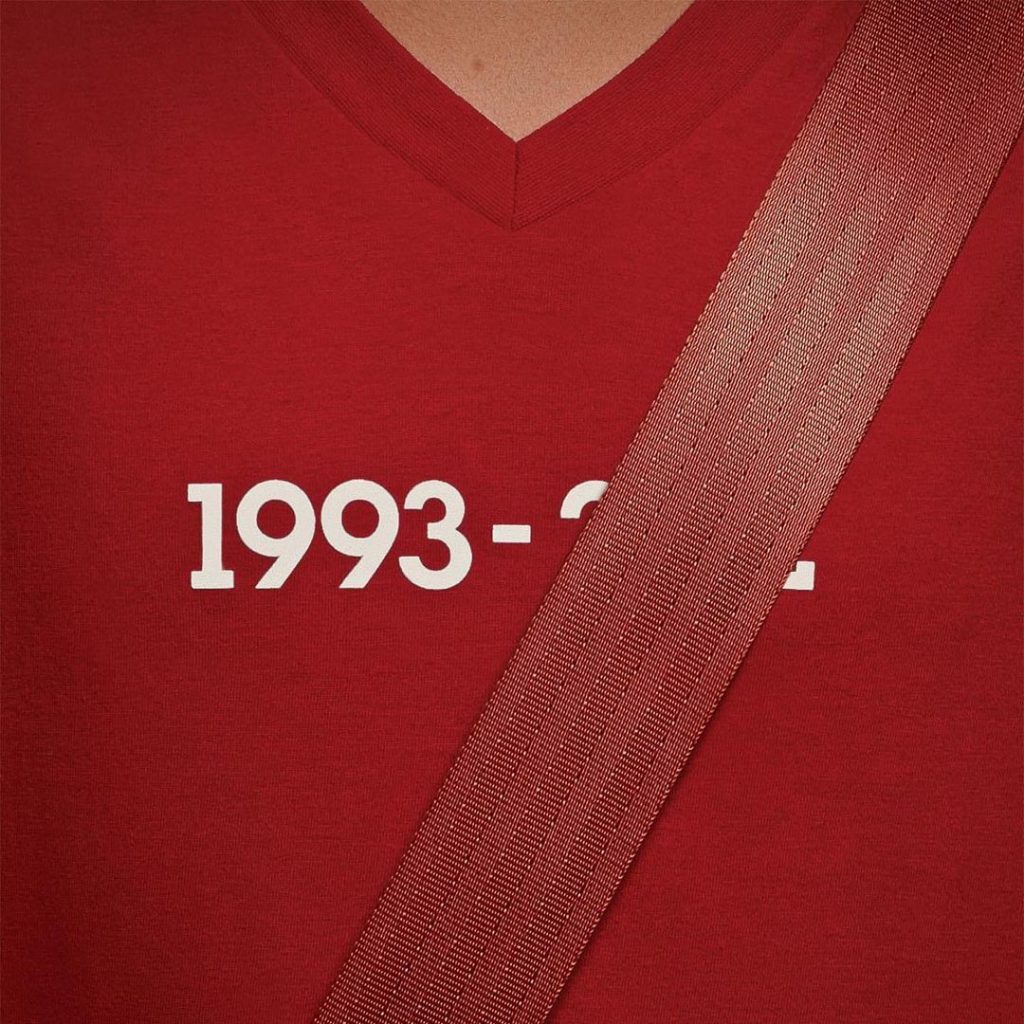
💎 Advertisers would do better to fear indifference than alienating consumers (real people don’t much care)
- When it comes to ads, though, remember that real people don’t much care about them. So negative effects are rare.
- We know of no evidence of any advertising that has had a negative effect on sales.
- Don’t worry about ‘alienation’. Negative effects among existing buyers but not new buyers or vice versa won’t happen; we can’t think of any examples.
- So don’t hold back from bold, provocative ideas through fear of alienation. You should be much more fearful of indifference – and that’s wonderfully liberating creatively.
Excerpt from: How not to Plan: 66 ways to screw it up by Les Binet and Sarah Carter
💎 The fallibility of memory (even for big events)
Although flashbulb memories are vivid, they are also full of errors. In 1986 the space shuttle Challenger exploded. If you to recall that event, you probably remember it vividly. The day after this tragic event, Ulric Neisser, a professor who researches memories like these, he had his students write down their memories of what had happened. Three years later he asked them to write their memory of the event again (Neisser. 1992). Over 90 percent of the later reports differed from the originals. Half of them were inaccurate in two-thirds of the details. One person, when shown the description she had written three years earlier, said, “I know that’s my handwriting, but I couldn’t possibly have written that.” Similar research has been conducted on individuals with memories of the 9/11 attacks, with similar results.
Excerpt from: 100 Things Every Designer Needs to Know About People (Voices That Matter) by Susan Weinschenk
♦️ Alzheimer Society Loved Ones Forget Themselves Too
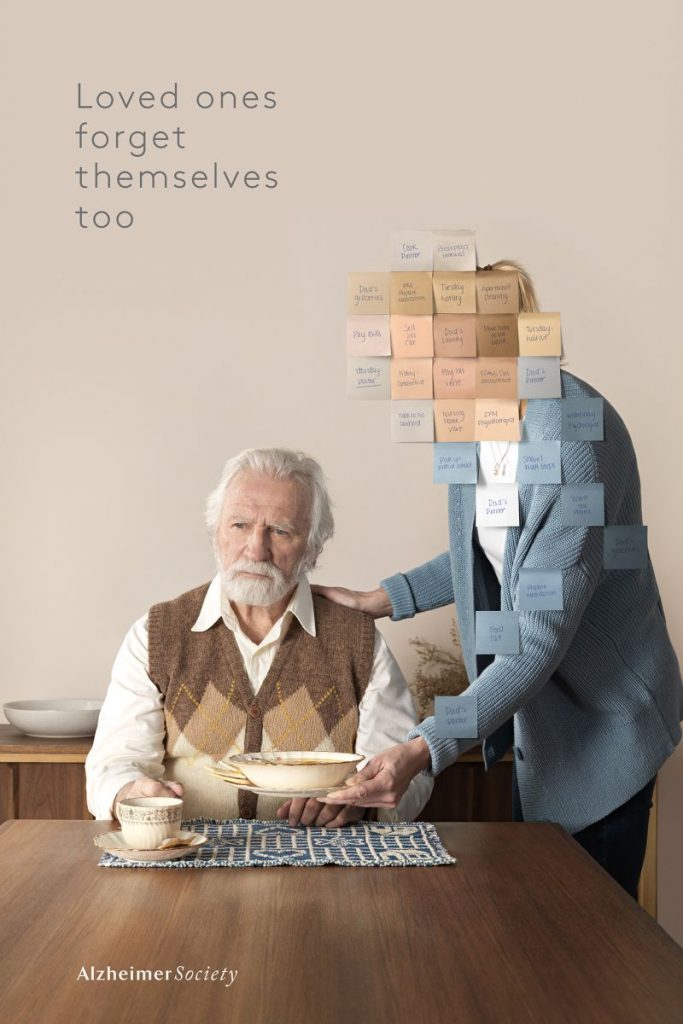
💎 Beware claimed data (people don’t like to admit they ‘don’t know’ when questioned)
However, serious academic consideration of public opinion about fictitious issues did not start until the ’80s, when George Bishop and colleagues at the University of Cincinnati found that a third of Americans either favoured or opposed the fictitious Public Affairs Act. Bishop found that this figure dropped substantially when respondents were offered an explicit don’t know’ option. However, 10 per cent of respondents still selected a substantive answer, even when given a clear opportunity to express their lack of familiarity. Similar findings were reported in the US at around the same time by Howard Schuman and Stanley Presser, who also found that a third of respondents to their survey expressed positions on issues which, though real, were so obscure that few ordinary citizens would ever have heard of them.
Excerpt from: Sex, Lies and Politics: The Secret Influences That Drive our Political Choices by Philip Cowley and Robert Ford
♦️ Lego Shopping Bag

💎 Beware interpreting stats on anything you have a strongly held view about (from politics to Covid and beyond)
It’s much more challenging when emotional reactions are involved, as we’ve seen with smokers and cancer statistics. Psychologist Ziva Kunda found the same effect in the lab when she showed experimental subjects an article laying out the evidence that coffee or other sources of caffeine could increase the risk to women of developing breast cysts. Most people found the article pretty convincing. Women who drank a lot of coffee did not.
We often find ways to dismiss evidence that we don’t like. And the opposite is true, too: when evidence seems to support our preconceptions, we are less likely to look too closely for flaws.
The more extreme the emotional reaction, the harder it is to think straight.
Excerpt from: How to Make the World Add Up: Ten Rules for Thinking Differently About Numbers by Tim Harford
💎 Beware the Rosser Reeves effect when interpreting tracking data (communication effectiveness)
Research routinely shows that people who’re aware of communication from brand X are more likely to buy that brand. Sometimes used as evidence that communication drives sales, in fact causality usually runs the other way: buying brand X makes you more likely to notice its communications. This phenomenon (the so-called ‘Rosser Reeves effecť – named after the famous 1950s adman) has been known for decades, yet is still routinely used to ‘prove’ communication effectiveness (most recently to justify social media use).
Excerpt from: How not to Plan: 66 ways to screw it up by Les Binet and Sarah Carter
♦️ Mondo Pasta So Good you Can’t Let Go
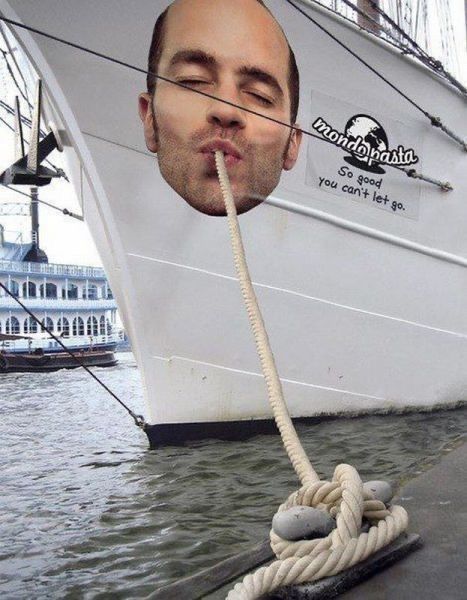
💎 On the discrepancy between how important music is in ads and how little attention it gets from marketers (less than 0.1%)
Our disregard for the importance of music shows when we look at research literature. Of over 48,000 articles on the WARC database, only 10% of them mention music at all. Only 29 (less than 0.1%) discuss it in any detail. But the research that has been done on the effects of music suggests these are far greater than we seem to assume.
Research shows that music increases the attention paid to ads as well as recall of brand and message. We suspect these effects may be very long term. Think about the ads we remember word for word from childhood – it’s highly likely they used music.
It’s striking how often music is central to these famous campaigns. It’s estimated that the free media exposure arising from the music in John Lewis’s Christmas ad each year increases campaign impact by around 75%.
Given all this, it’s perhaps not surprising that the IPA Databank shows that TV ads using music prominently are significantly more effective than ads that don’t, enhancing effectiveness by 20-30%.
So, over a fifth of the effect of an ad may come from its music – meaning choice of music can easily determine whether or not the ad pays for itself.
That’s too important to leave to the last minute.
Excerpt from: How not to Plan: 66 ways to screw it up by Les Binet and Sarah Carter
♦️ Heineken Don’t Drink and Start a League
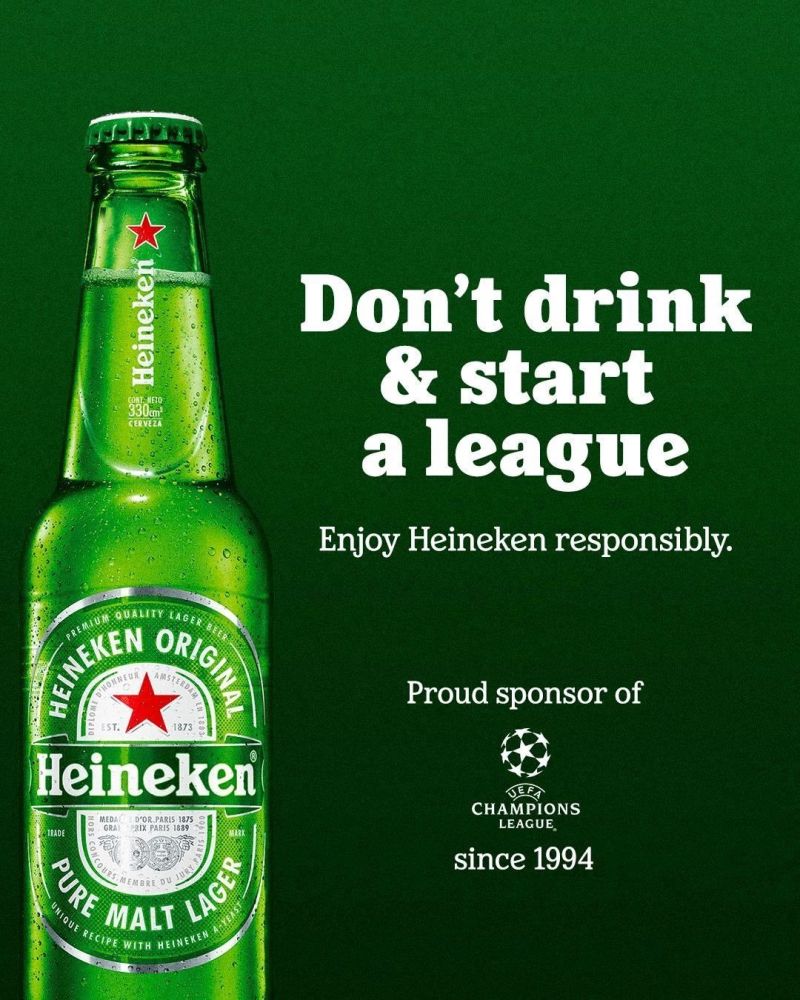
💎 On the tendency of marketers to exaggerate the amount consumers change (social trends)
Marketing and advertising people can talk a load of nonsense at the best of times. But if you want to hear them at their worst, ask them to talk about social trends. The average social trends presentation is a guaranteed mix of the obvious, irrelevant and false.
Recently, we were listening to a conference speech about changing lifestyles’. Life nowadays is faster than ever, said the speaker. We work longer hours. We have less free time. Families are fragmenting. Food is eaten on the run..
We’ve been listening to this bullshit for 30 years. And it’s no more true now that it was then. The inconvenient, less headline-worthy truth is that people have more free time than ever. Economic cycles wax and wane, but the long-term trend in all developed economies is toward shorter, more flexible working hours. And longer holidays. People start work later in life and spend much longer in retirement. Work takes up a smaller percentage of our life than it used to.
Related myths about pressures on. family time are equally false. Contrary to popular belief, in developed economies parents spend more time with their children these days. Not less. Research shows the amount of time families spend eating together has stayed remarkably constant over the years, As has the amount of time they spend together watching TV.
Excerpt from: How not to Plan: 66 ways to screw it up by Les Binet and Sarah Carter
💎 Titles and headlines are critical (frame the message)
Read this paragraph:
First you sort the items into like categories. Using color for sorting is common, but you can also use other characteristics, such as texture or type of handling needed.. Once you have sorted the items, you are ready to use the equipment. You want to process each category from sorting separately. Place one category in the at a time
What is the paragraph about? It’s hard to understand. But what if I give you the same paragraph with a title:
Using your new washing machine
First you sort the items into like categories. Using color for sorting is common, but you can also use other characteristics, such as texture or type of handling needed. Once you have sorted the items, you are ready to use the equipment. You want to process each category from the sorting separately. Place one category in the machine at a time.
The paragraph is still poorly written, but now at least it is understandable.
Excerpt from: 100 Things Every Designer Needs to Know About People (Voices That Matter) by Susan Weinschenk
♦️ Faber-Castell Draw the Sky
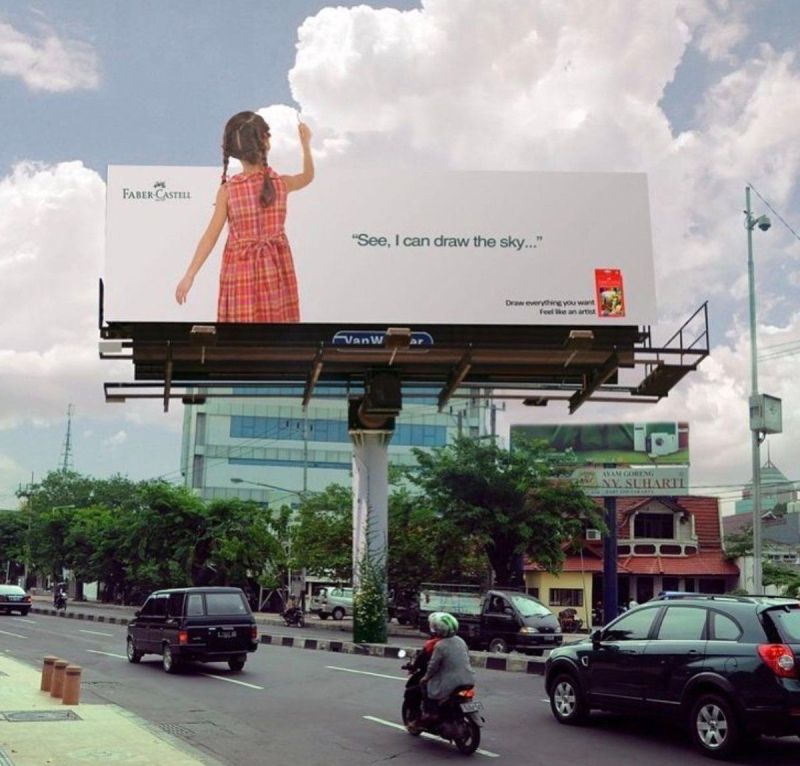
💎 On the benefits of brevity (sell your idea or your dream in 10 to 15 minutes)
Let’s put this in perspective. Abraham Lincoln inspired generations in a speech that lasted two minutes. John F. Kennedy took 15 minutes to shoot for the moon. Martin Luther King Jr. articulated his dream of racial unity in 17 minutes. Steve Jobs gave one of the most famous college commencement speeches of our time at Stanford University in 15 minutes. If you can’t sell your idea or your dream in 10 to 15 minutes, keep editing until you can.
Ideas don’t sell themselves. Be selective about the words you use. If they don’t advance the story, remove them. Condense, simplify, and speak as briefly as possible. Have the courage to speak in grade-school language. Far from weakening your argument, these tips will elevate your ideas, making it more likely you’ll be heard.
Excerpt from: Five Stars: The Communication Secrets to Get From Good to Great by Carmine Gallo
♦️ Alberta Subway Ski Lift
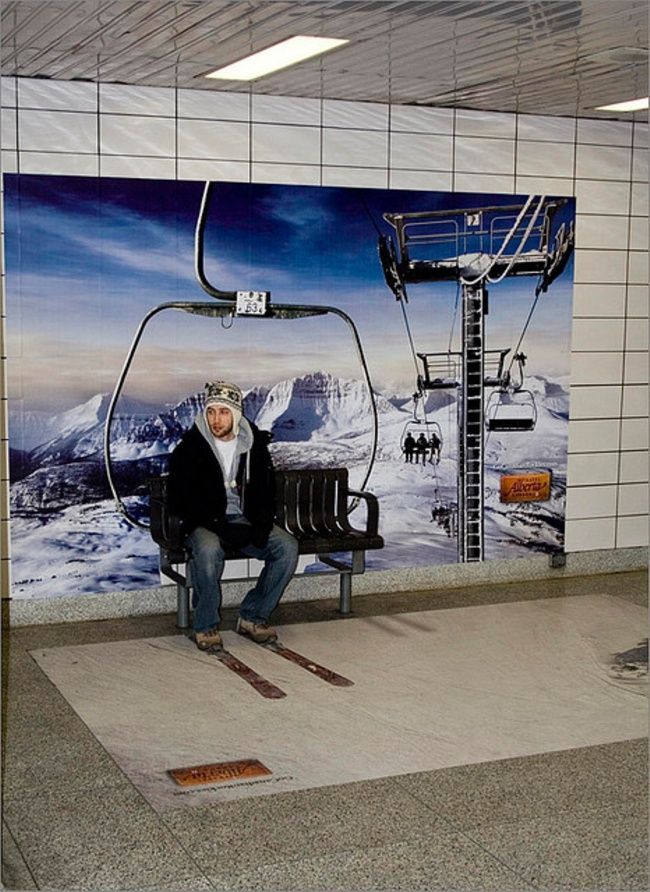
💎 All speeches have three versions (before, during, ideal)
“There are always three speeches for every one you actually gave: the one you practiced, the one you gave, and the one you wish you gave.”
-Dale Carnegie
Excerpt from: 100 Things Every Designer Needs to Know About People (Voices That Matter) by Susan Weinschenk
♦️ L’Oreal This is an Ad for Men
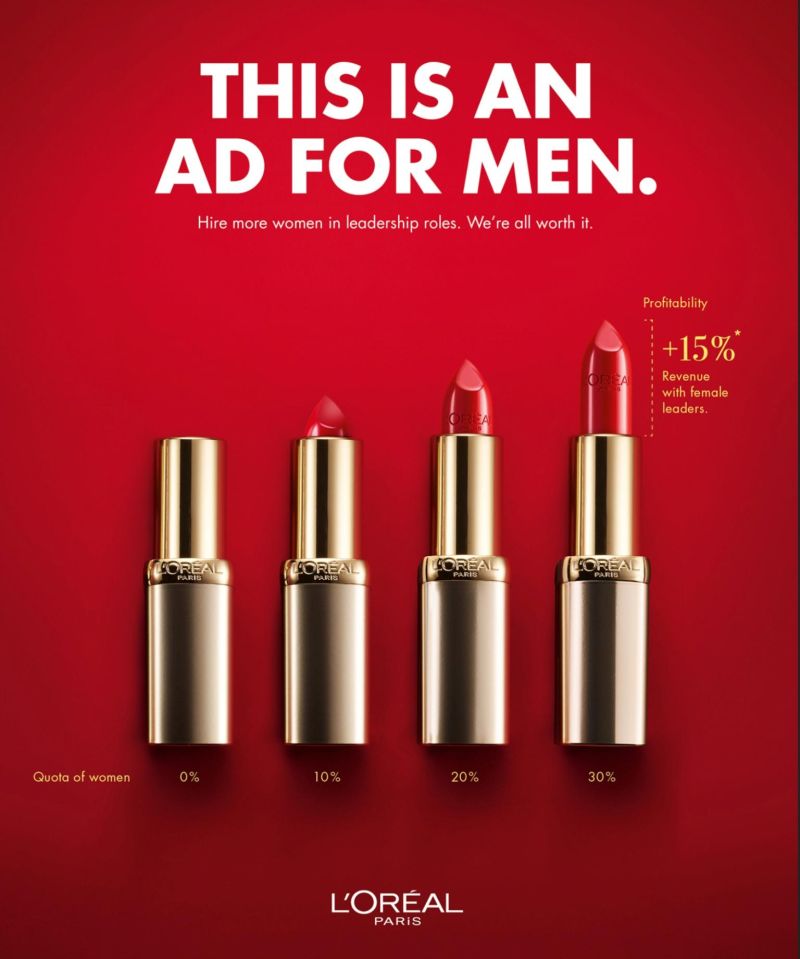
💎 Diane Dors on why she ‘rebranded’ (Diana Fluck)
Among the film’s cast were three people who would all go on to become famous – in one case, notorious. The first was born Diana Fluck in Swindon; she had changed her name because, as she later said, ‘what would happen if they put my name up in lights … and one of the bulbs burst?’ She had chosen the name Diana Dors, and very soon was being touted as Britain’s answer to Marilyn Monroe and Jayne Mansfield.
Excerpt from: Elizabethans: How Modern Britain was Formed by Andrew Marr
♦️ Australia Post Really Touch Someone With a Letter





























